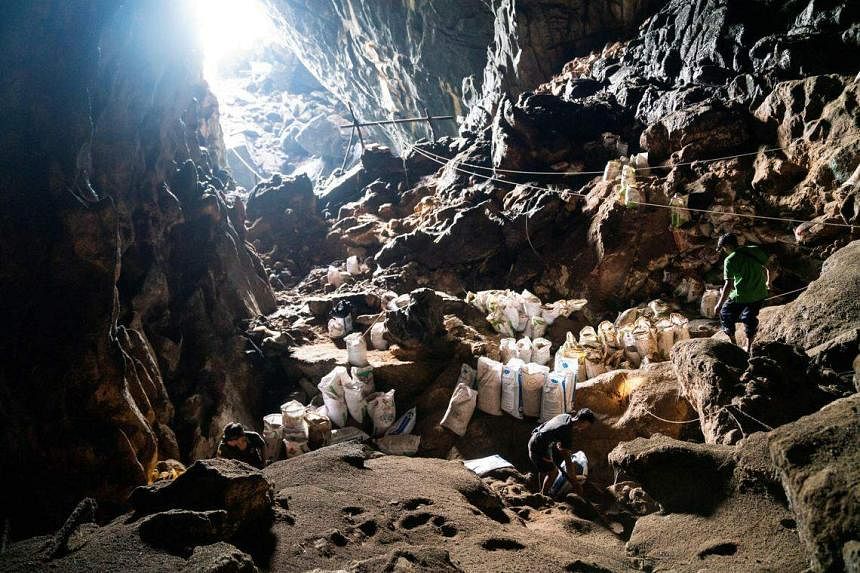FEUANG DISTRICT, Laos - Deep in the forests of Laos, China has built a state-of-the-art high-speed railway.
The link is supposed to bring prosperity. Some scientists fear it could also bring out something else: a new pandemic.
China already has been the source of two pandemics since the turn of the century, both linked to a family of viruses found in bats across South-east Asia.
The Asian titan is now disrupting habitats in neighbouring Laos that are home to bats hosting similar pathogens. These include coronaviruses closely related to the one that caused the ongoing Covid-19 pandemic that has killed at least seven million people worldwide.
The China-Laos Railway is a project of Beijing’s historic Belt and Road infrastructure initiative to tie the world to China.
Following decades of Chinese-led development in Laos, the railway crosses the border via the Friendship Tunnel, at the edge of China’s Xishuangbanna prefecture. It then extends 422km to the Laotian capital of Vientiane.
Along its way southwards, it cuts through rich rainforest, leafy mountains, and previously untouched karst – intricate landscapes of soluble-rock peaks and caverns that are a preferred habitat of the region’s bats and have long been a barrier between them and human settlements.
For Laos, a one-party communist state with close ties to its giant neighbour, the railway is meant to spur development, boost tourism, and forge even greater links with China. Since the train began operating in December 2021, it has carried more than 14 million passengers and over 18 million tonnes of goods, according to the Chinese government.
“The Laos-China railway corridor has greatly benefited Laos in numerous ways, particularly the government’s effort to develop its economy and upgrade the living standard of the people,” wrote an unidentified official from the Laotian embassy in Washington in an e-mail to Reuters.
Some scientists say the rail line is worrisome because development along its once-remote trajectory is accelerating tree loss and bringing humans into closer contact with bats. The train also enables the fast movement of people and goods from rural to populous areas, where viruses can easily multiply and spread. That includes people or goods that may have had contact with live animals in a wildlife trade that has been linked to past outbreaks.
“This is the lesson,” said Dr Chris Newman, a biologist at Oxford University who studied Covid-19’s origins. “It was infected people who took the virus to every corner of the world – so quickly that there was absolutely nothing we could do to contain it.”
The embassy official didn’t answer detailed questions about the disruption of Laotian bat habitats and the health risks that could arise because of the railway, but said: “We have never before heard of such information or come across any reliable reports that identify Laos as among the highest-risk places in the world.”
The official added: “We would like to reassure you that there is no such issue happening in Laos.”
China’s government didn’t respond to questions about the railway or health risks related to habitat destruction submitted to its foreign and health ministries and its embassy in the United States.
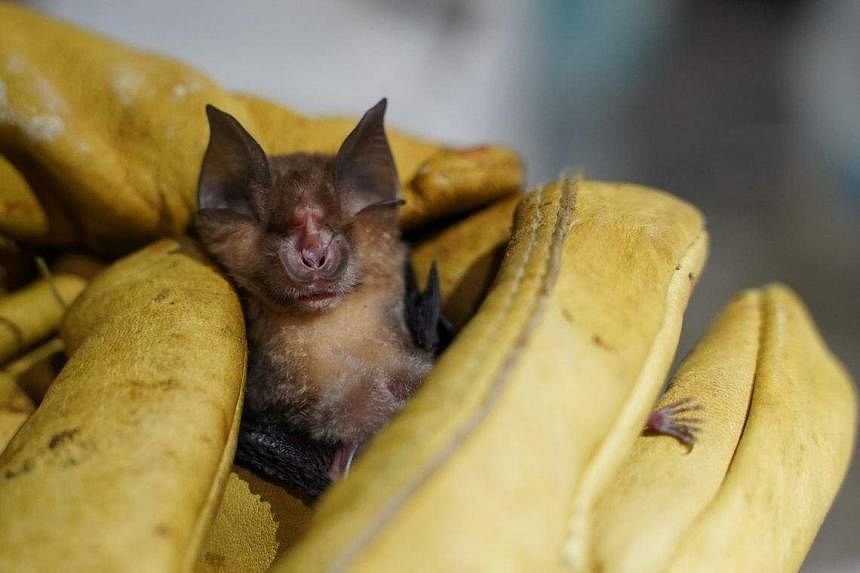
Scientists have yet to find the source of Sars-CoV-2. They know, however, it is in the coronavirus family, which is found in some horseshoe bats and other types common in tropical Asia, including Laos.
Between 2020 and 2021, researchers from France’s Institut Pasteur detected more than two dozen different coronaviruses in a sampling of 645 bats in northern Laos. Three of those pathogens, all found among horseshoe bats here in Feuang district, north-west of the Laotian capital, are closely related to early strains of Sars-CoV-2, though not yet capable of sparking a deadly pandemic. The discovery is the closest anyone has come to finding the original virus in the wild.
All along the railway’s path, a Reuters analysis has found conditions ever-more ripe for a “zoonotic spillover”, as a leap by a new virus from animals into humans is known.
Bat viruses have been the source of multiple health crises besides those related to coronaviruses, including recent outbreaks of Ebola, Nipah and Marburg. In almost every case, tree loss and development of bat habitats created conditions that scientists say facilitate spillover.
For this analysis, Reuters reviewed environmental data around 95 bat-related spillovers between 2002 and 2020 and identified areas with similar conditions worldwide.
The data, all linked by science to spillovers, included tree loss, temperature, precipitation, livestock and the count of bat species in each locale. Laos, the analysis found, lost 19 per cent of its tree cover during the period, a decrease driven by growth of rubber plantations, other agriculture, mining, and infrastructure.
As a result, areas suitable for spillover in Laos more than doubled in size – from 31 per cent of its terrain to 73 per cent, the largest increase of any country. Nearly 170,000 sq km, or an area nearly the size of Florida, are now at high risk for a spillover, the data show. More than 80 per cent of the terrain within 25km of the rail line is in these high-risk areas.
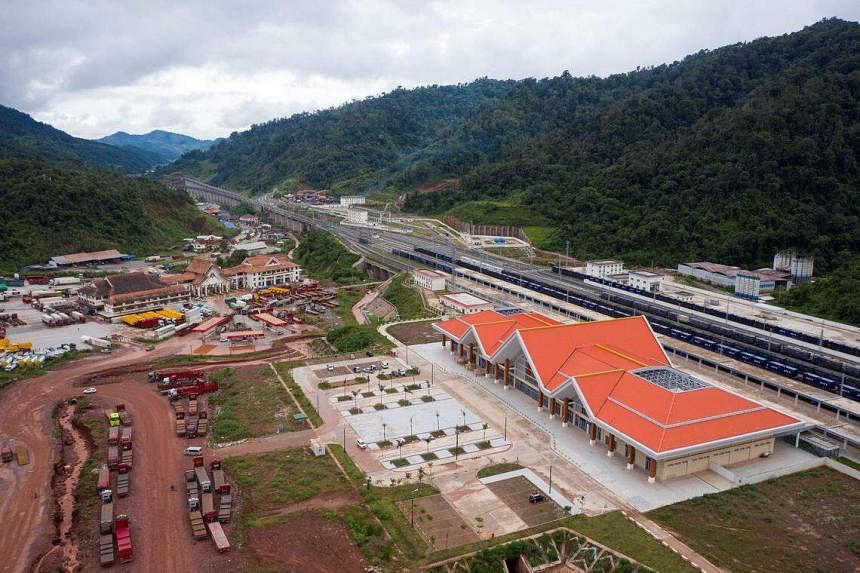
The China-Laos Railway traverses or comes close to nearly 40 per cent of Laos’ richest bat habitats, according to Dr Alice Hughes, a zoologist at the University of Hong Kong who has studied the rail link. By encroaching upon woodlands and other spaces where bats normally dwell, “you are making their habitat less habitable, you are making resources less available”, Dr Hughes said.
Bats are already part of the local culture and economy.
On a recent trek through towns along the railway, Reuters saw Lao workers in T-shirts, shorts, and sandals, shovelling heaps of bat excrement in a cave about 90km north-west of Vientiane.
The droppings, known as guano, have been used for centuries as fertiliser. But scientists have found viruses in fresh guano and some consider it a potential source of pathogens including coronaviruses, Nipah and Ebola.
Bats, for some people, are also part of the local diet. The animals are sold, grilled and skewered, at markets and street stalls. After the Sars pandemic of 2003, an international team of scientists visited markets across Laos to collect tissue samples from freshly killed bats. Their study, published in 2017, found 17 different coronaviruses, including six never before seen, in samples taken from a market in Vang Vieng, a popular tourist stop along the rail route. A Reuters journalist recently saw dead bats being sold there at the same market.
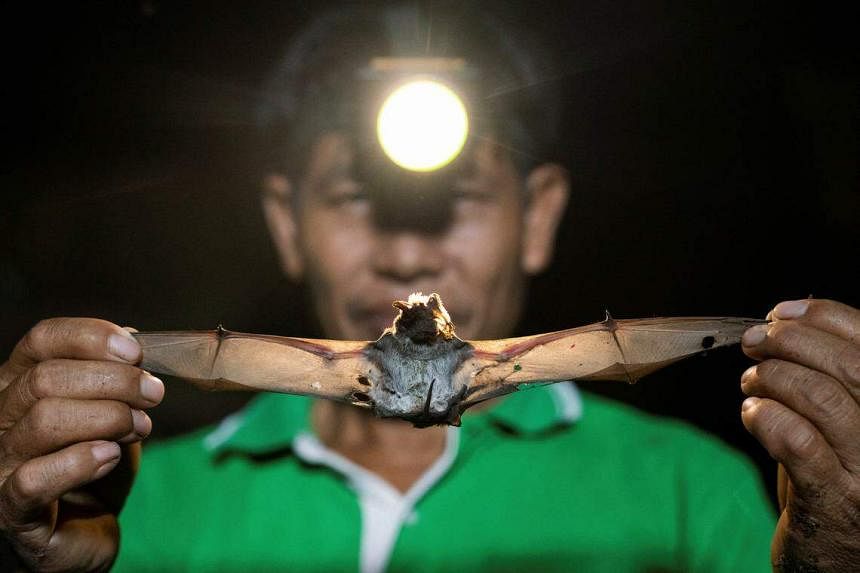
For humans, direct contact with bats isn’t the only risk. Sometimes, a virus leaps from bats into other animals first. From there, they can spill over into people.
That’s why the wildlife trade, with faster, greater access to China, alarms some scientists. If a bat – or another animal infected by it – carries a dangerous virus and winds up at a market, tourist attraction or other heavily visited locale, a person exposed to the pathogen could board the train and be in a metropolis or an airport within hours.
In a 2019 paper, the World Bank analysed possible environmental impacts of China’s Belt and Road Initiative. The Laos railway, with a cost of US$6 billion (S$8 billion), is just one of an estimated US$1 trillion in projects, including more than 31,000km of railway and 12,000km of roads, that Beijing set out to build in more than 80 countries.
“Improved transportation networks can facilitate the movement of illegal wildlife traffic,” the paper reads, calling South-east Asia “one of the world’s most active centres” of the unlawful trade.
Some of the wild animals popular among traffickers – civets, pangolins, shrews – are known to have carried coronaviruses that bats host.
Beijing in December enacted a law that bans the sale of wildlife for consumption. But Laos and other neighbouring countries are not as strict. Demand, meanwhile, remains high in China for many wild animals used in traditional medicines and cuisine.
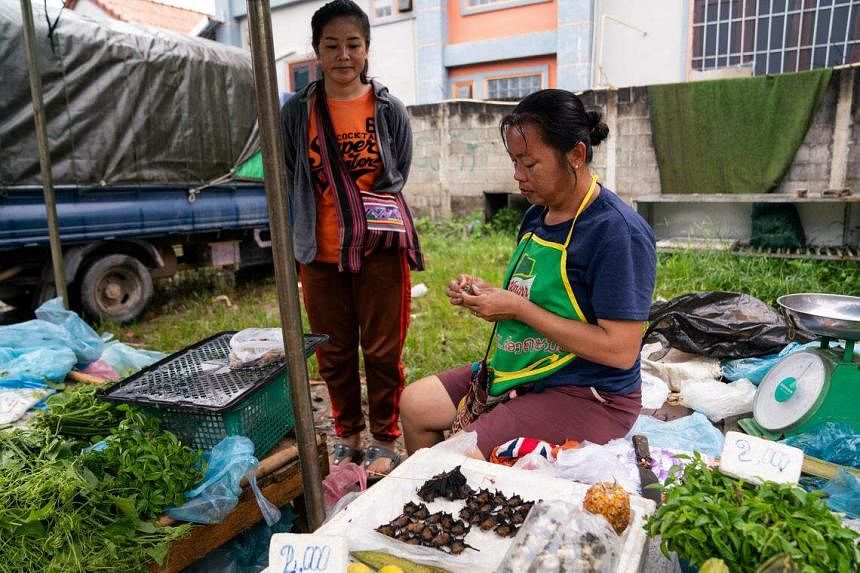
Live animal markets in China have been implicated in both coronavirus pandemics. During the 2003 Sars outbreak, scientists found Sars-CoV-1, the virus responsible for that illness, in Himalayan palm civets and evidence of infection in a wild raccoon dog and a ferret-badger at markets in Guangdong Province.
More recently, a new analysis by international researchers of DNA evidence swabbed from market surfaces in Wuhan indicated that wild animals had been present in the same section of the market where Sars-CoV-2 had been detected. The animals, known to be susceptible to bat viruses, included raccoon dogs, bamboo rats and porcupines.
To better understand the risks along the ambitious new rail link between China and Laos, a Reuters journalist rode the bullet train and reported along its course. The journey revealed a fast-changing landscape that is transforming the habits and ecosystems of bats. Dr Hughes, the zoologist, has been observing the changes for the 14-some years she has worked in the region.
“Many areas are unrecognisable,” she said.
Before reaching the Laos border, the sleek bullet train, pulled by a red, white, grey and blue locomotive, streaks through an ancient wilderness of limestone karst and what’s left of the deep green, subtropical forest. In the 1950s, China began seeding the region, Xishuangbanna Prefecture, for rubber plantations. As China boomed in recent decades, global demand for rubber also skyrocketed, leading to further development and deforestation here.
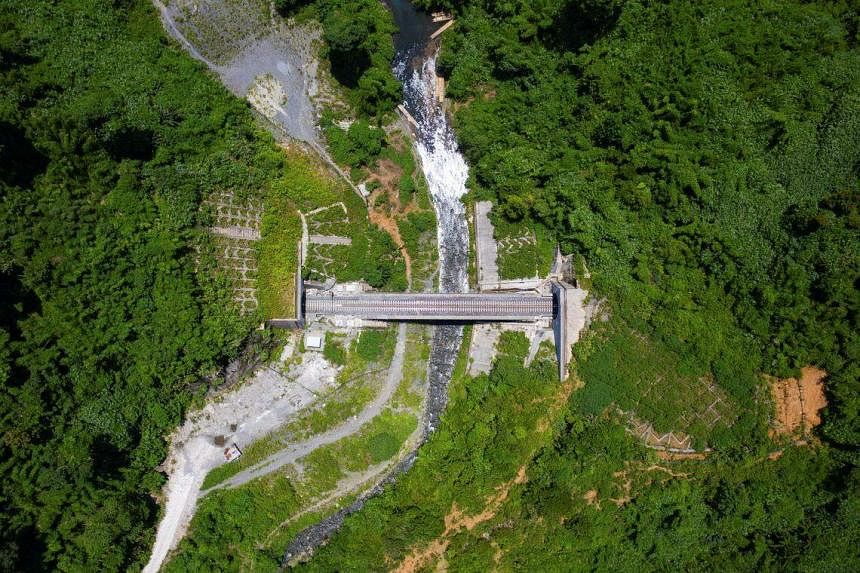
More than 70 per cent of Xishuangbanna’s main rubber producing counties, the Reuters analysis shows, were at high risk for spillover in 2020. Already, scientists have found local bats bearing viruses closely related to those responsible for the 2003 Sars and Covid-19 pandemics.
At the Xishuangbanna Tropical Botanical Garden, a popular tourist attraction visited by 750,000 people annually, researchers identified close matches to Sars-CoV-2 in four specimens and Sars-CoV-1 in three others. Dr Edward Holmes, an Australian virologist who was part of the research team, called the garden a “gumbo pot” of viruses.
Some of the horseshoe bats in the area carry viruses that are “locked and loaded and ready to go”, he said. If a deadly strain emerged, it could rapidly take off in the fast-growing human population. “If you roll the dice enough, it’s going to happen.”
By the early 2000s, economic growth in southern China was a stark contrast to Laos, a rural country of over 7 million people, where subsistence farming remains a mainstay for much of the population. Given the similarities in terrain, and the blossoming of China’s state-led economy, it seemed likely to officials in both countries that industries thriving in Yunnan Province, the southern district that contains Xishuangbanna, could flourish across the border, too.
In 2004, the two governments signed agreements that laid the groundwork for what became known as “The North Plan”. Under its terms, designed by Chinese authorities from Yunnan and accepted by Laos in 2009, China would help finance agriculture, mining, infrastructure and other projects in Laos. Much of the rubber, livestock, minerals and fruit now produced in northern Laos go toward meeting Chinese demand.
The railway crosses the Lao border in a tunnel blasted through some 9km of bedrock and karst. The line emerges in Luang Namtha province.
Here, vast rubber and banana plantations carpet the landscape. Luang Namtha, according to Reuters’ analysis, has lost nearly a quarter of its tree cover since the 2004 agreements, putting 85 per cent of the province at high risk for a spillover, twice as much as in 2002.
In addition to agriculture, Chinese investors are building a gateway city here: Boten. Although some building began two decades ago, most of its growth is recent and much of the city today is a construction site. Cranes hang over half-built high-rises girded by bamboo scaffolding. The orange-roofed station where the bullet train stops abuts forested mountains behind it.
Though squarely in Laos, Boten feels Chinese.
Clocks are set to Beijing time. Street and shop conversations are in Mandarin. The yuan is as common as the Lao currency. Chinese influence is so pervasive that local officials have complained they have trouble enforcing immigration laws and other local statutes.
Boten began as a gambling destination. That idea flopped: China cut off electricity to Boten in 2011, seeking to shut down the gaming and related activity after a spate of murders and kidnappings. Since then, new developers have focused on the rail link and its huge potential for cross-border commerce and tourism.
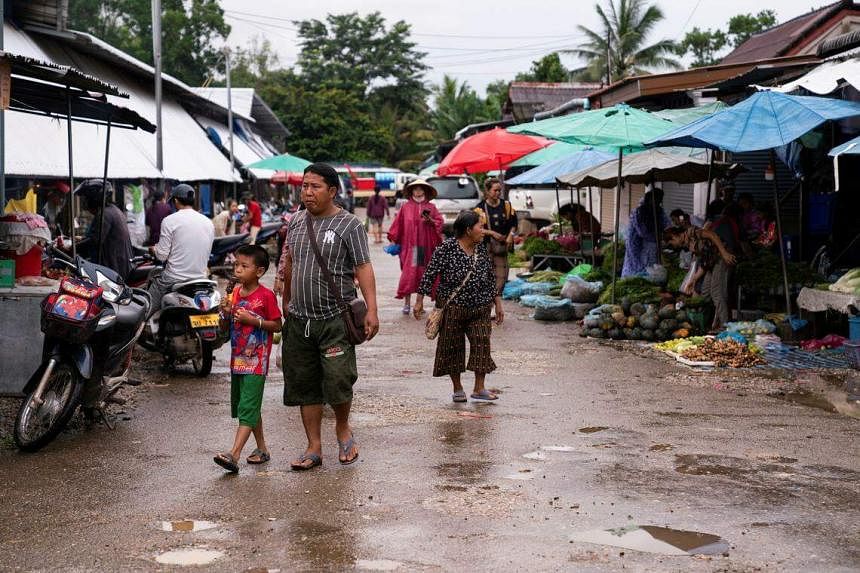
But one trade is troubling scientists: wildlife trafficking. Because of its location near the border and its easy access to the rest of Laos and South-east Asia, Boten is a hub for the illicit trade in wild animals.
Even before the train came, authorities grappled with the problem. In 2018, Lao border officials found six red pandas, an endangered species sought by some buyers as pets, stuffed in the back of a van. Highly susceptible to infections when taken from their habitat, three of the animals died, according to official media reports of the incident.
Now, with tighter laws against smuggling in China, and better infrastructure linking it to neighbours, investigators expect further increases in illegal traffic in Laos and other bordering countries.
“I’m not confident that that level of regulation is occurring in other South-east Asian countries,” said Dr Newman, the Oxford biologist. “The risk of there being a third, similar Sars-type virus spreading out of these countries is significant.”
From Boten, passengers travel south through another series of tunnels that burrow beneath the fast-changing topography. Xinhua, the Chinese news agency, called the link a “green railway” in a 2021 story, writing that “the natural environment along the route remains as verdant and lush as it was before the earthmovers arrived”.
To construct the tunnels, however, builders scraped limestone from a string of quarries that now pockmark the landscape. The limestone, used in the cement that forges the tunnels, is one of the sedimentary rocks that create the region’s fragile karst, singular formations of caverns and cliffs that many bat species call home.
Vang Vieng, 260km south of Boten, was Reuters’ next stop.
The town, which has grown rapidly as a tourism destination, is surrounded by some of South-east Asia’s most spectacular karst. Tree-covered mounds of limestone jut into the skyline in every direction.
More than a half-million visitors, even before the rail link, visited annually to trek, climb and explore caves. Some tourists are especially drawn to the bats, waiting for dusk each day to watch the creatures flow in giant black plumes from their caverns.
But the karst is steadily being degraded.
Vang Vieng has three cement factories, all built with Chinese financing or know-how. Cement production capacity in the area, according to the US Geological Survey, surged almost 20-fold in the two decades ending in 2014. Satellite images for the period show widening rings of quarries eating into the karst.
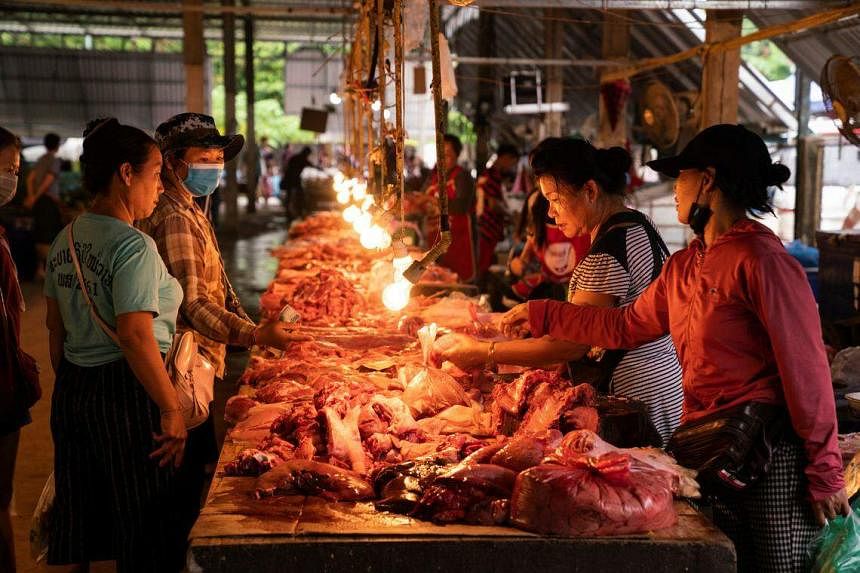
At Vang Vieng’s markets, a draw for travellers, bats and other wildlife are common. Dr Roger Frutos, a French scientist and co-author of the 2017 study that found novel coronaviruses here, said satellite imagery and aerial photos taken by Reuters of the destruction around Vang Vieng show a “mosaic” landscape: a patchwork of heavily fragmented forest, agriculture and urban development.
The destruction of karst landscapes, he said, triggers a series of factors that amplify spillover risks. When their habitat is disturbed, bats migrate to nearby farms. There, they take shelter in barns or houses, and find food in fields, garbage, or the insects attracted to livestock and light.
Animals that may not have had much contact in the forest now live in close quarters, near humans. For that reason, rural areas such as this are where most deadly new pathogens spill over. “There is a higher circulation of viruses in these places,” said Dr Frutos, director of research at the Agricultural Research Centre for International Development, a French governmental institute.
The more these mosaics develop, the higher the risk that those viruses will spread.
Last year, the Lao government awarded a local company a 50-year concession, valued at US$358 million, to build a new tourist attraction, according to state media. The project, which foresees hotels, a golf course and horse racing, is planned near a new highway, financed by China, that will also connect Vang Vieng with Vientiane, the capital.
Further south, the train calls at the new rail station in the town of Phonhong, 60km north of Vientiane. A two-hour drive to the west of the station, in Feuang District, residents speak of their own plans to attract some of the growing number of visitors to the region, also popular because of the nearby Nam Lik River.
This is where Reuters encountered the workers shovelling guano. One of the men said they want to lure tourists with the thousands of bats who fly from the Pha Luang cave each evening.
For now, though, they make their living amid the excrement.
Some of the workers have scars on their legs from burns, likely caused by ammonia, in waste sometimes as deep as their knees. They shovel the guano into white bags they lower from the cave entrance. Outside, over embers, one of their wives grills bats on a makeshift spit fashioned from reeds.
Scientists from the Institut Pasteur analysed bats across Feuang District early in the pandemic in an effort to find clues about the origins of the pathogen responsible for Covid-19. In a separate study, they tested 74 residents, including guano collectors, hunters, and market vendors, who had had contact with bats or other wildlife. Nearly one-fifth of those tested had antibodies indicating exposure to coronaviruses.
The rate, nearly four times higher than that of the broader population of Laos, suggested that the contact with wildlife may have exposed those residents to more pathogens, the scientists wrote. “Significant exposure”, they wrote in their 2021 study, “reminds us that the threat of emergence of novel viral pandemics is always present in the region.”
Newly tied by the rail and better roads to the rest of Laos and beyond, Feuang District is being touted by the government as a promising new tourist destination. In December, a local tourism official told state media that visits to the region had doubled over the previous year to 47,000 people. Feuang District, the agency wrote, is an “increasingly popular bucolic riverside retreat”.
Just 41 minutes away by bullet train: Vientiane, a city of 1 million people. REUTERS
